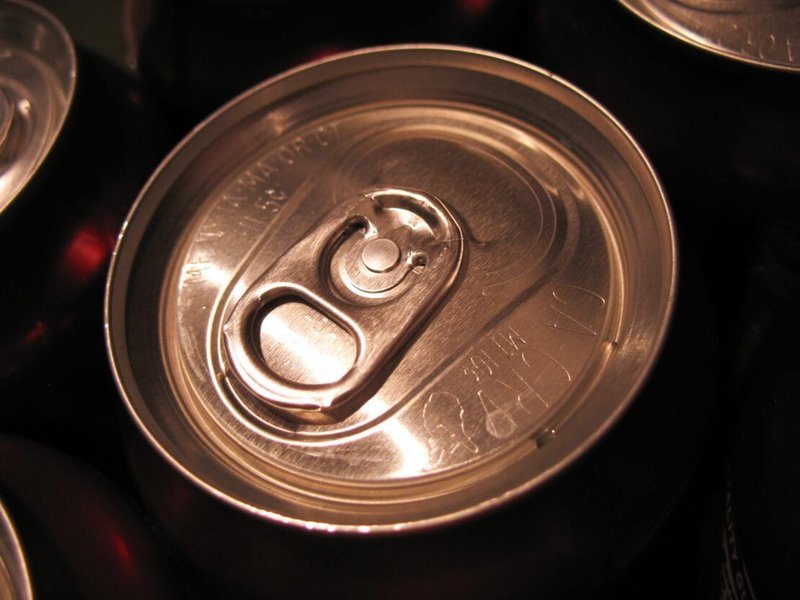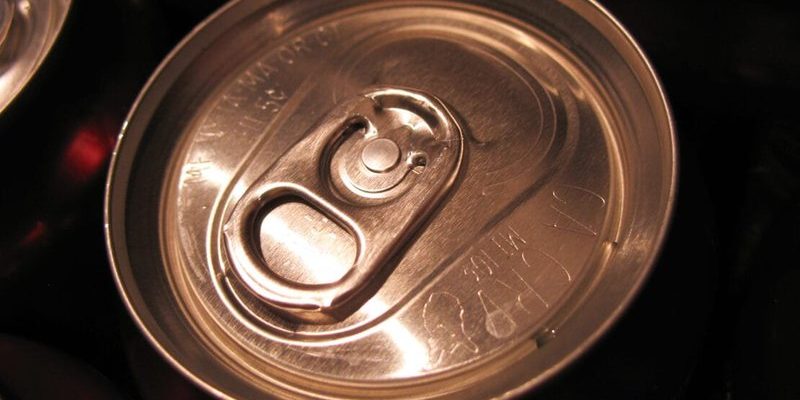
Understanding these error codes is important, especially if you want to prevent further complications that might lead to more serious repairs. Just like ignoring a warning light in your car isn’t wise, overlooking the E1 error code could mean you’re risking potential damage to your oven. Let’s unravel this mystery together and see what ignoring this code could mean for your trusty kitchen companion.
Decoding the GE Oven Error Code E1
When your GE oven displays the E1 error code, it’s like a digital SOS. But what exactly is your oven trying to tell you? In most cases, the E1 error typically signals an issue with the oven’s keypad or the electronic oven control board. Imagine this as the brain and the nervous system of your oven. If something’s amiss here, it can throw everything out of whack.
The control board is responsible for interpreting commands, managing temperatures, and ensuring that all parts of the oven work in harmony. So, the E1 code might indicate a loss of communication between the keypad and the control board. Picture it as two friends trying to have a conversation, but one keeps dropping the call. This can be due to physical damage, moisture, or even just age and wear.
Before you panic, here’s a silver lining: sometimes, a simple restart can reset the system and clear the code. Just like rebooting your phone when it freezes, turning the oven off and back on might solve the problem. However, if the error persists, it’s a sign that a deeper issue is at play—one that might require expert attention.
Is Ignoring the E1 Error Code a Good Idea?
You might be thinking, “Can I just ignore this error code and continue cooking?” Well, you could, but it’s not the best idea. Ignoring the E1 code is a bit like hearing a weird noise in your car engine and deciding it’s nothing. Sure, you could keep driving, but at your own risk. The error code is a preemptive warning, meaning it’s better to address it before it develops into a bigger problem.
Continuing to use your oven without addressing the E1 code could lead to inconsistent cooking results. Imagine baking your favorite cake and finding it half-done or burnt in places. Not what you want when you’re aiming for culinary perfection, right? Moreover, ignoring the problem could lead to further damage to the oven’s internal systems, potentially resulting in a more expensive repair or even a full system failure.
So, what should you do? Start by consulting your oven’s manual. It often provides troubleshooting steps specifically for your model. If that doesn’t help, reaching out to a professional technician is a wise move. They have the expertise to diagnose the issue and prevent a minor glitch from becoming a major headache.
Preventing Future Error Codes
Once you’ve resolved the E1 issue, you might be wondering how to prevent it from happening again. Good news: there are practical steps you can take to keep your oven in top shape. Think of it like doing routine maintenance on your car to keep it running smoothly.
Regularly clean the keypad and control board area to keep them free from dirt and moisture, which can cause malfunctions. Using a soft, damp cloth to wipe the surfaces can prevent moisture buildup, reducing the risk of short circuits or communication problems between parts. Also, be mindful of how the oven is used. Avoid slamming the door or pressing the keypad too hard—it’s not a video game console, after all!
Finally, consider scheduling regular maintenance checks. Like visiting a doctor for an annual check-up, having a technician look over your oven can catch potential issues before they become serious. This proactive approach not only extends the life of your appliance but also ensures it functions efficiently, saving you from stress and surprise costs down the line.
So, while the E1 error code might seem like a small hiccup in your cooking plans, addressing it promptly and taking preventive measures can keep your oven running smoothly for many more meals to come.
